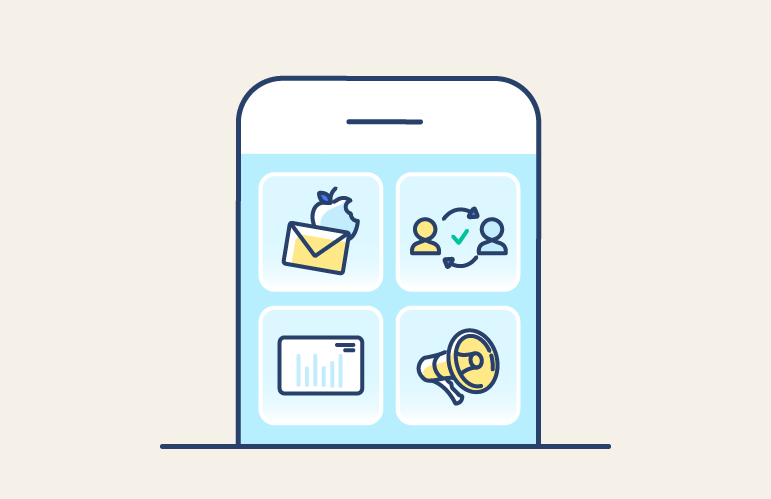4 Strategic Actions to Take Between Now and the Next iOS 15 Update


Catégorie : Tendances marché
Here’s what we know right now from the initial announcement in June from Apple about privacy measures in iOS 15.
If a customer is using an iOS device and decides to opt-out of tracking with the new update coming out this fall:
That means you have from now until this Autumn to prepare, evolve, and adapt the way you measure performance.
Are they a large enough percentage to require a separate strategy? Is the group too small to make a real difference in your measurement*? And, do you need to adjust your attribution model?
*Note: it might be small now, but don’t overlook the chance it will grow in the future, either because other tech players will follow Apple’s lead, or because more customers will be attracted by Apple’s protectiveness of their privacy.
Let clicks, unsubscribes, and most importantly conversions speak louder than opens. If you are not already tying success to these metrics, dedicate time to looking at these metrics in historical and current performance so you are speaking the language fluently come the fall.
Incentivize customers to share more information with you so you can provide a tailored experience to them. Think about ways you could offer targeted or specific experiences to your customers if you had the right information from them. Go ask them for that information and tell them what you want to do. For example, I have a retail business. My customer is looking at a pair of shoes, but their size is out of stock. I ask if they want to be notified when they are back in stock. They say yes and I send them a message based on this data I’ve collected.
Search for solutions that use more than open and click signals to build segmentation. For example, Tinyclues uses all of your customer data to predict buying intent across your entire product catalog. This means the implicit and explicit signals that you’ve collected on all your customers can be leveraged to deliver more relevant, targeted messages. Opens are only a drop in the ocean of your first-party data!
With the data you have now, what kind of experiences or specialized communications can you offer for your customers?
Give renewed focus to the content you are delivering – given there will be a stronger focus on conversion metrics, could your content or email layouts evolve to improve conversion rates?
Are there any current programs or deployments that will be impacted due to decreased visibility into the opens – and potentially clicks? Do you have any journeys or triggers set up based on engagement or non-engagement? Do you have any segments built on engagement?
Don’t panic. Think CRM. How can you rethink the customer experience with less visibility into email engagement? Now’s the time to do it, because chances are pretty high that consumer privacy rules, legislation, and options will continue to expand.